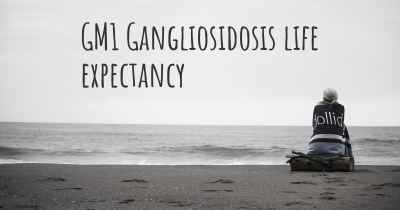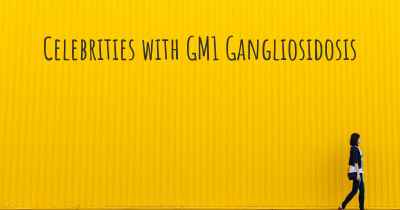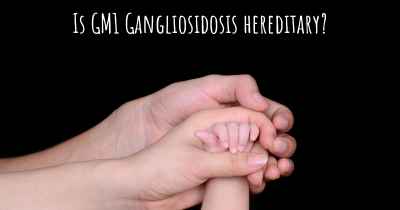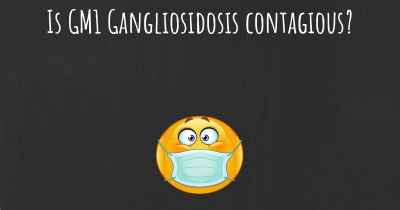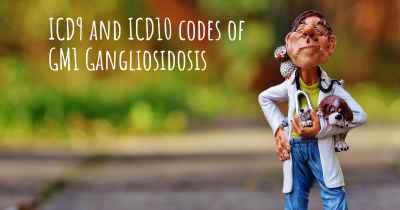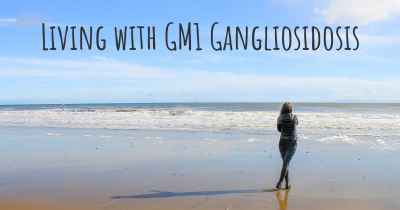Is it advisable to do exercise when affected by GM1 Gangliosidosis? Which activities would you suggest and how intense should they be?
See if it is advisable for people with GM1 Gangliosidosis to practice sports and which ones are the most recommended if you have GM1 Gangliosidosis
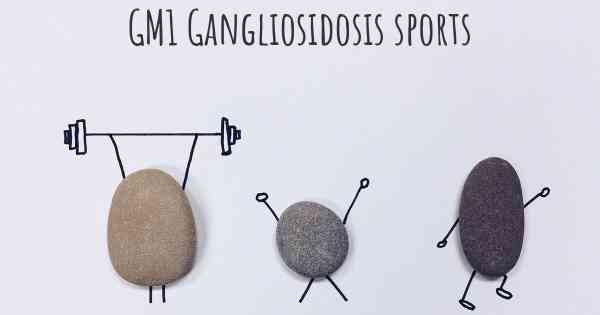
Is it advisable to do exercise when affected by GM1 Gangliosidosis?
GM1 Gangliosidosis is a rare genetic disorder that affects the nervous system. It is caused by a deficiency of an enzyme called beta-galactosidase, which leads to the accumulation of a substance called GM1 ganglioside in the body's cells. This accumulation can cause various symptoms, including developmental delays, muscle weakness, and movement problems.
When it comes to exercise and GM1 Gangliosidosis, it is important to approach physical activity with caution. The severity of the condition can vary from person to person, so it is crucial to consult with a healthcare professional who is familiar with the individual's specific case.
Benefits of Exercise
While there is no cure for GM1 Gangliosidosis, exercise can still play a role in improving the overall well-being and quality of life for individuals affected by the condition. Regular physical activity can have several benefits:
- Maintaining muscle strength: Exercise can help preserve muscle strength and prevent muscle wasting, which is common in GM1 Gangliosidosis. Strengthening exercises, such as resistance training or low-impact activities, can be beneficial.
- Promoting flexibility: Stretching exercises can help maintain or improve flexibility, which can be particularly important for individuals with movement difficulties.
- Enhancing cardiovascular health: Engaging in aerobic exercises, such as swimming or cycling, can help improve cardiovascular fitness and overall endurance.
- Improving bone health: Weight-bearing exercises, like walking or dancing, can help promote bone health and reduce the risk of osteoporosis.
- Boosting mood and mental well-being: Exercise releases endorphins, which can improve mood and reduce feelings of anxiety or depression.
Exercise Recommendations
When it comes to choosing appropriate exercises for individuals with GM1 Gangliosidosis, it is crucial to consider their specific abilities, limitations, and any associated medical conditions. Here are some general recommendations:
- Low-impact activities: Opt for exercises that are gentle on the joints and muscles, such as swimming, water aerobics, or stationary cycling. These activities can provide cardiovascular benefits without putting excessive strain on the body.
- Range of motion exercises: Perform stretching exercises to maintain or improve flexibility. These can include gentle stretches for all major muscle groups, such as arm and leg stretches.
- Strength training: Incorporate resistance exercises using light weights or resistance bands to help maintain muscle strength. Focus on major muscle groups, but avoid overexertion or excessive strain.
- Breathing exercises: Deep breathing exercises can help improve lung capacity and respiratory function. These exercises can be done in a seated or lying position.
- Balance and coordination exercises: Engage in activities that promote balance and coordination, such as yoga or tai chi. These exercises can help improve stability and reduce the risk of falls.
Intensity and Safety
The intensity of exercise should be tailored to the individual's abilities and overall health. It is important to start slowly and gradually increase the intensity and duration of the exercises over time. Monitoring the individual's response to exercise is crucial to ensure safety and prevent overexertion.
It is recommended to work with a healthcare professional or a qualified exercise specialist who can provide guidance and develop an appropriate exercise plan. They can help determine the optimal intensity, duration, and frequency of exercise based on the individual's condition and capabilities.
Conclusion
While exercise can offer numerous benefits for individuals affected by GM1 Gangliosidosis, it is essential to approach physical activity with caution and seek professional guidance. Tailoring exercises to the individual's abilities, focusing on low-impact activities, and gradually increasing intensity can help maintain muscle strength, flexibility, cardiovascular health, and overall well-being. Always consult with a healthcare professional to ensure a safe and effective exercise routine.
